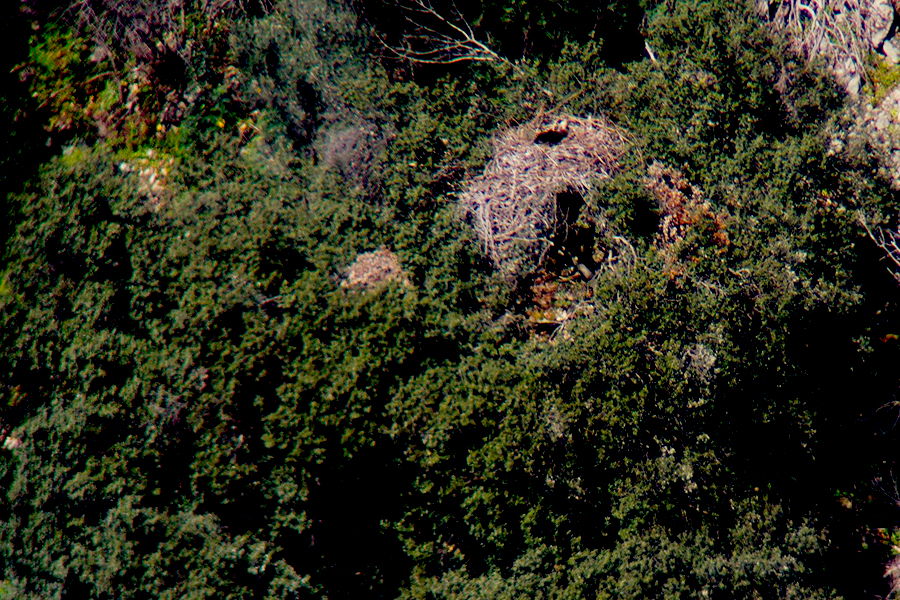
Even to the diehard vulture lover (like us), the smell and sights of the stuff our beloved birds sometimes feed on is…disgusting. To say the least! Putrefied meat, bloated carcasses, rotting viscera.
Any other animal would probably die after eating such a treat, killed by the powerful toxins secreted by the bacteria that thrive rotting meat. So how come vultures survive?
Some new research published last week in the journal Nature Communications shed some light on the matter. Researchers have compared for the first time the micro-organisms found on the facial skin of the vultures with those found in their large intestine.
Lars Hestbjerg and his collaborators found 528 types of bacteria on the heads of 50 turkey and black vultures – including germs that cause botulism, gangrene, tetanus, and septicemia in other species, but only 15% of that variety in the intestine. This significant reduction is due to the acids present in the vulture stomach and gut – at least ten times more acid than the human one.
Interestingly, the researchers found that what remains is mostly Clostridia and Fusobacteria, two types of anaerobic fecal bacteria – again, nasty germs. Clostridia are often associated with mass die-offs of other birds (e.g. ducks, geese and wader), while some Fusobacteria have been associated with colon cancer in humans.
What is interesting is that zoo vultures, which eat cleaner food, also show the same bacteria in their intestines, while other captive hawk and owl species did not. This led the researchers to the conclusion that the partnership between vultures and these bacteria is old.
The authors suggest that vultures and these bacteria have established a mutually beneficial relationship. Clostridia and Fusobacteria are quite effective at breaking down nutrients for the vultures, while they are allowed to exist in an environment without much competition.
Vultures for you – fascinating in many more ways than you would think. Even when it concerns potentially nasty stuff!
![]() The microbiome of vultures Mikrobiom, Am.Geier.pdf Adobe Acrobat Document 342.1 KB Download
The microbiome of vultures Mikrobiom, Am.Geier.pdf Adobe Acrobat Document 342.1 KB Download



